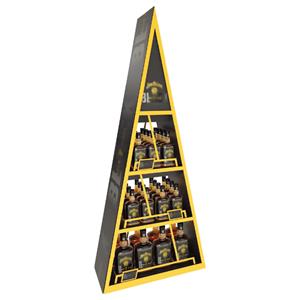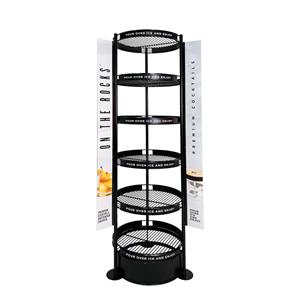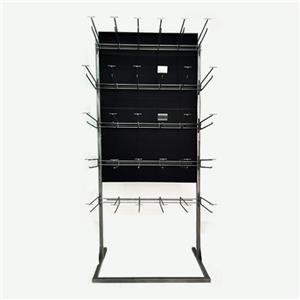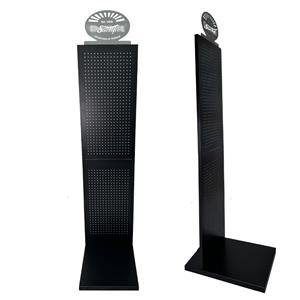How to effectively display products?
How to effectively display products?
Table of contents
1)Introduction
2)The Right Rack Layout Shapes Customer Movement
3)Why Display Table Racks Are Great for Focus Items
4)Pairing Strategies: Choosing Racks That Fit Your Store Size
5)Materials and Durability: Think Long-Term Investment
6)FAQ: Practical Questions About Store Display Racks and Display Table Racks
7)Conclusion
In today’s retail environment, a well-planned combination of store display racks and display table racks plays a central role in organizing product layouts. These tools are not just for holding merchandise—they help maximize floor space, guide customer flow, and highlight high-priority items. This article walks through practical ways to use store display racks intelligently, focusing on structure, material choice, and placement strategy.
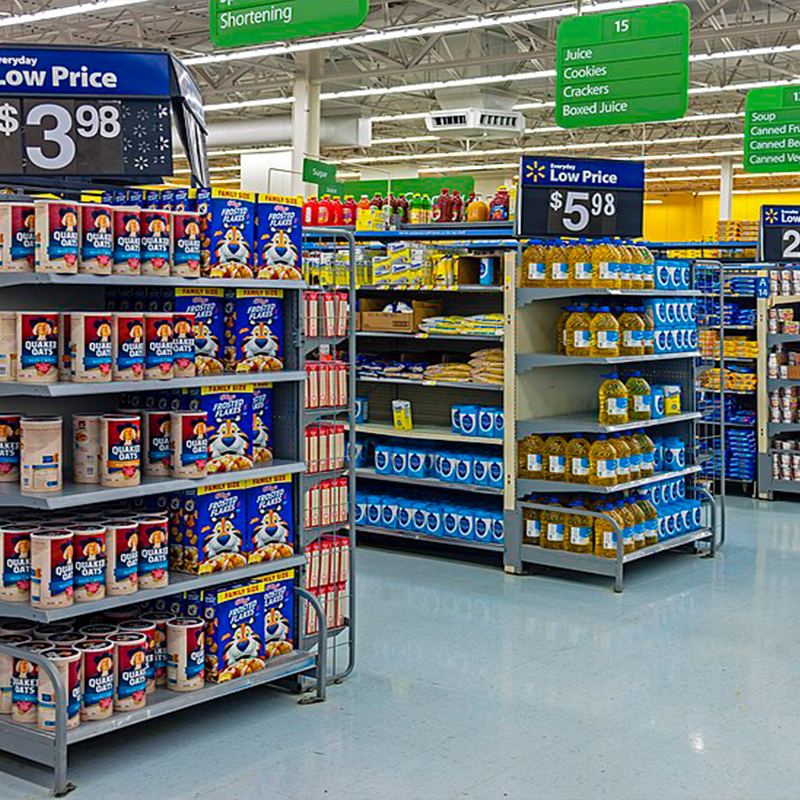
The Right Rack Layout Shapes Customer Movement
A carefully chosen store display racks isn’t just storage—it’s a way to direct how customers walk, pause, and shop. With the right height and shelving angle, store display racks guide people through the store while encouraging longer browsing.
Features like adjustable shelves or back panels give more flexibility depending on what you’re stocking—be it boxed items or larger products. A good rack layout reduces the need for customers to stretch or stoop, making the experience more convenient and appealing.
Why Display Table Racks Are Great for Focus Items
Display table racks are low, open, and usually placed in high-traffic zones like entrances or central walkways. That makes them ideal for promotions, seasonal goods, or newly launched items. They catch the eye fast and offer an easy way for customers to interact with featured products.
Retailers often use visual props, lighting, and tiered setups on display table racks to build up attention. The simple structure helps frame the products without overwhelming them. Plus, the lightweight build and easy mobility make it perfect for frequent updates in the store layout.
Pairing Strategies: Choosing Racks That Fit Your Store Size
There’s no one-size-fits-all setup for display equipment. In smaller retail spaces, combining compact store display racks with narrow display table racks helps you maintain a neat layout while still offering product variety.
In larger supermarkets or department stores, taller racks can form aisles while display tables create stopping points to slow down the shopping pace. This layout lets you feature more products without overcrowding.
Tip: Opt for store display racks with storage built-in to reduce clutter. Keep display table racks minimal and low-profile to keep the space open and inviting.
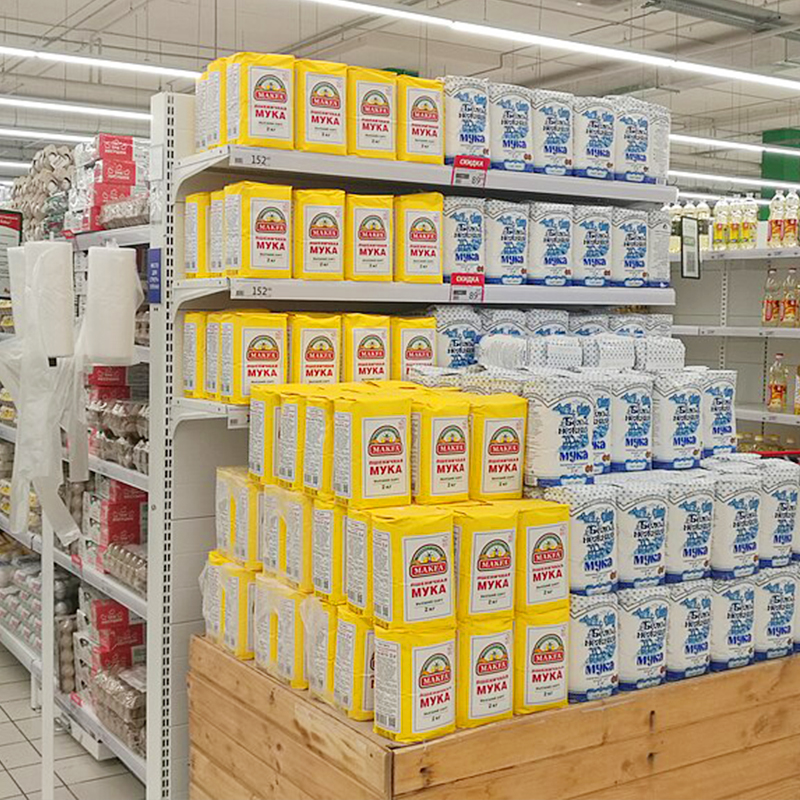
Materials and Durability: Think Long-Term Investment
Durability often gets overlooked but plays a big role. For example, high-quality metal store display racks work better for heavier merchandise. On the other hand, wood-finish display table racks add a touch of style for premium items or themed collections.
If you rotate displays often, consider display table racks with wheels. This small feature can save time and effort during store updates and layout changes.
In short, a slightly higher initial investment in quality racks pays off through longer life, stronger presentation, and better day-to-day usability.
FAQ: Practical Questions About Store Display Racks and Display Table Racks
Q1: What kind of items work best on a display table rack?
A1: Seasonal goods, limited editions, combos, and new arrivals that need to draw attention quickly.
Q2: My store is small—what size store display rack should I use?
A2: Choose racks under 160cm in height, ideally in lighter colors, to avoid making the space feel cramped.
Q3: Do display table racks need lighting?
A3: Yes—adding overhead spotlights or surrounding lights can make products stand out and look more appealing.
Q4: How can I make my store display racks last longer?
A4: Go for rust-resistant materials, check weld points regularly, avoid overloading, and don’t move racks too often if not needed.
Q5: Can I use both racks together?
A5: Absolutely. A common setup is to place display table racks at the store’s front area for promotional items and use store display racks deeper inside for general merchandise.
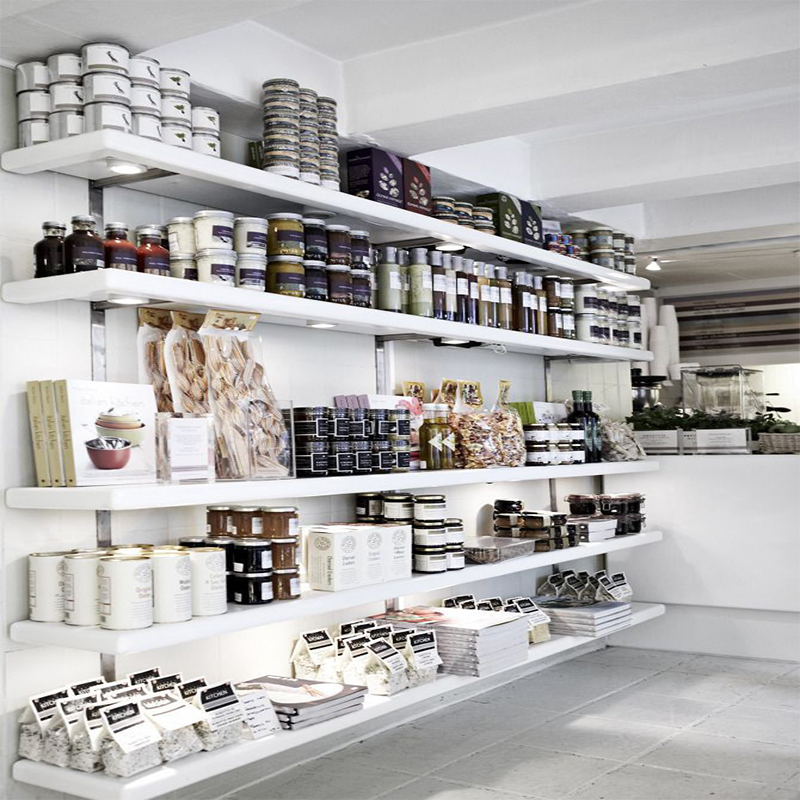
Sintop Value
At Sintop, we deliver display solutions that merge functionality with style. Our store display racks and display table racks are engineered for flexibility, strength, and visual impact—perfect for retailers who want to create inviting spaces while maximizing merchandising efficiency. Whether your store is compact or spacious, Sintop offers customized, durable display fixtures that evolve with your layout and product needs.

Contact information
Website: www.sintopfixtures.com
Wechat/WhatsApp: +86 15980885084
Email: elly@xm-sintop.com
FAQ
1. What are store fixtures?
Store fixtures are essential equipment and furniture used in retail spaces to display, organize, and store merchandise. Examples include shelving units, racks, display cases, counters, and hooks.
2. Why are store fixtures important?
Store fixtures enhance the shopping experience by organizing products, improving accessibility, maximizing space, and creating appealing displays that attract customers and boost sales.
3. What types of store fixtures are commonly used?
Common types of store fixtures include:
Shelving Units(wall shelves, free-standing shelves, adjustable shelving)
Display Cases (glass cases, countertop cases)
Racks (clothing racks, display racks)
Counters (checkout counters, service counters)
Hooks and Pegboards
End Caps
Signage and Graphics
Mannequins
4. How do I choose the right store fixtures for my retail space?
Consider your merchandise type, store layout, and branding needs. Fixtures should be functional, complement your store's design, and fit within your budget. Evaluate your space to determine the best fixture types and configurations for optimal product presentation and customer flow.
5. Can store fixtures be customized?
Yes, many store fixtures can be customized to align with your store's branding and specific needs. Customization options include materials, colors, sizes, and designs. Collaborating with a fixture supplier or designer can help create fixtures that match your store’s style and functional requirements.
6. How can I maximize space with store fixtures?
Utilize fixtures that optimize vertical space, such as wall-mounted shelves and tall display racks. Modular and adjustable fixtures can adapt to changing merchandise or store layouts. Plan your store layout carefully to ensure efficient use of space and smooth customer flow.
7. How do I maintain store fixtures?
Regularly clean and inspect fixtures to ensure they remain in good condition. Check for wear and tear, and repair or replace damaged parts. Follow manufacturer guidelines for maintenance and cleaning to extend the lifespan of your fixtures.
8. Can store fixtures be used for different types of retail stores?
Yes, store fixtures can be adapted for various retail environments, including clothing stores, electronics shops, grocery stores, and more. The choice of fixtures depends on the specific needs and merchandise of the store.
9. How can store fixtures improve the customer experience?
Well-designed fixtures make products easy to find and browse, enhancing the overall shopping experience. Effective use of fixtures creates an organized, aesthetically pleasing environment that encourages customers to spend more time in the store.
10. Where can I purchase store fixtures?
Store fixtures can be purchased from specialized fixture suppliers, retail equipment stores, or custom fixture manufacturers. Online retailers and local suppliers also offer a wide range of options.

